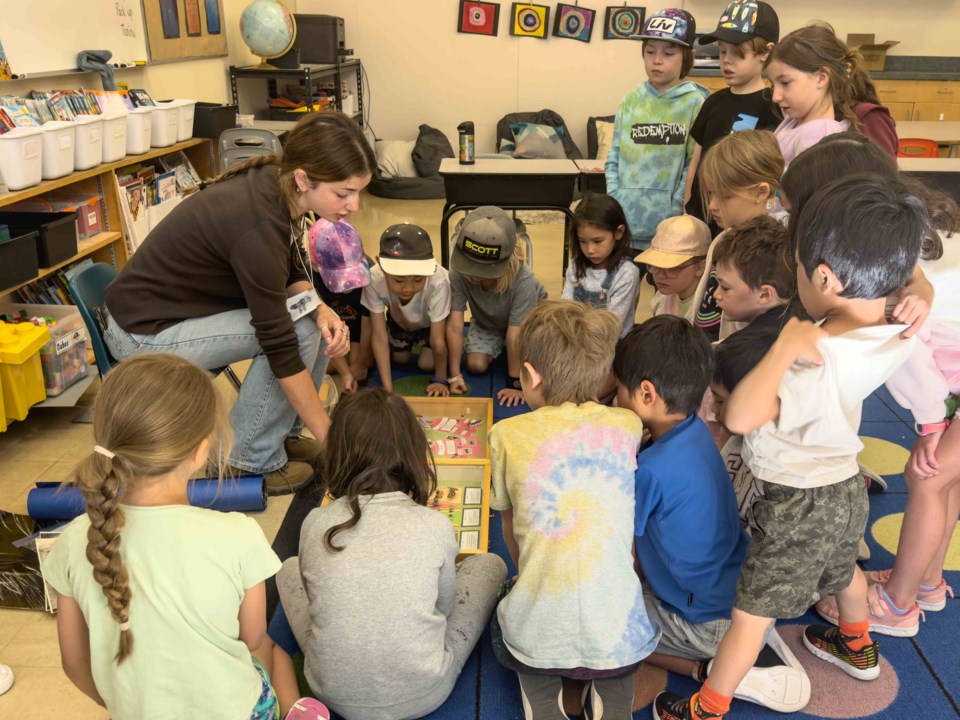Nature fanatics take note—an upcoming BioBlitz speaker event hosted by the Whistler Naturalists will explore the wonderful world of slime mould.
BioBlitz is a yearly event that aims to uncover and categorize the diversity of life in Whistler, with inventories of species that help create environmental awareness and scientifically defensive input for planning and policy creation. Outdoor enthusiasts are welcome to attend a talk at Myrtle Philip School June 6 at 7 p.m. to hear about slime moulds of B.C. Two ecologists and a self-taught mycologist will present photos of diverse slime moulds that call the province home.
Slime moulds, also known as myxomycetes, are similar to fungi and were once considered part of the same biological kingdom, but today are considered a distinct group of their own—and much remains to be discovered about the organisms.
The event costs $5 and includes presentations by ecologists Ryan Durand, Tyson Ehlers and Pam Janszen, and speakers will also present at local schools.
Janszen is a self-taught mycologist, and describes her pathway to slime as a natural progression from connecting with nature at a young age.
“My mom always had us out in the woods picking berries and looking at things,” she said, adding she started out with wildflower books before moving to bird books.
“And then I started getting interested in fungus,” she said. “And at the same time, I met my husband, Harvey, who was, among other things, a systematic botanist.”
Janszen took his advice to start writing down the fungi, categorizing them throughout her home on Saturna Island while working for BC Parks. While she was initially enamoured with fungi, these days, it’s all about slime.
“My main drive for the last six or seven years has been slime moulds full-time,” she said.
Despite their name, they’re not slimy, and they aren’t mould.
“It’s a really bad common name,” Janszen explained. “I call them mixos, short for mixomycetes, which is their proper name.”
In the 1990s, she said slime moulds were creatures of mycologists, without any other researcher studying the single-cell organisms. She recalls at the time having to convince conservation researchers to include fungi in data-collection efforts, and equates slime to what fungi was 20 years ago.
When asked what appeals to her about slime, Janszen said the small, single-cell organisms often have incredible transformations. For example, stemonitis slime moulds start off as small white balls that grow into brown feather-like structures within the span of 24 hours.
These organisms without brains can even find the shortest route through a maze.
While most mycologists stalk mushrooms for the delicious dishes they create, for Janszen, it’s all about beauty.
“I’m really superficial. For me, it’s always been about how pretty they were,” she said with a laugh. “I’ve never been into eating them and became less so once I started looking at them under the microscope and saw how many bugs are inside.”
Find more info at whistlernaturalists.ca/bioblitz.




